Ideal for children and adults alike, Barcelona’s parks offer a variety of landscapes and sceneries which capture its rich multicultural history and invite day-trips for those looking for an escape from the chaotic city life. There is something here for the sports enthusiast, the photographer, the history-lover and the introspect! Enjoy this collection of both inner-city and nature parks and read up before you go!
Parc de la Ciutadella

Parc de Cervantes
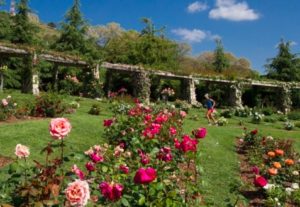
Parc del Laberint
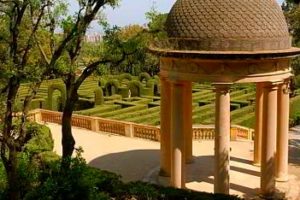
Diagonal Mar Park
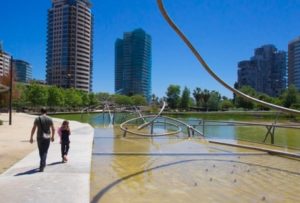
Parc de Montjuïc
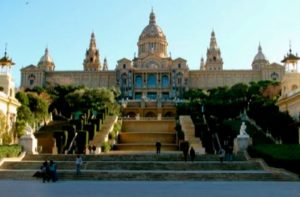
Poble Nou Park Center
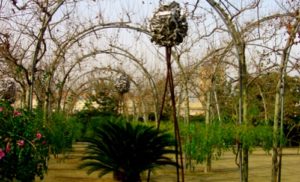
Parque Güell
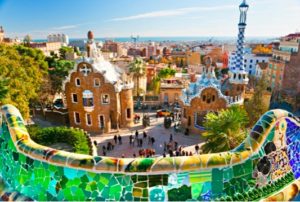
– Marisa

